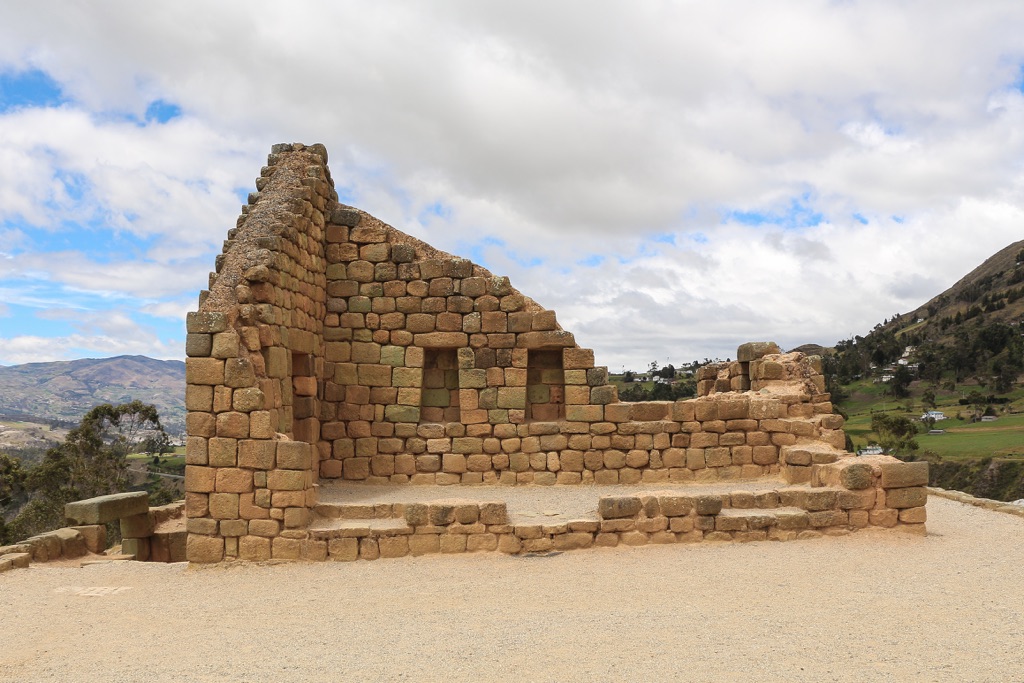Ingapirca, meaning “Wall of the Inca,” is the largest known Inca ruins in Ecuador. Located in the Cañar province, these ruins are a testament to the Inca’s architectural prowess and their expansion into Ecuador. The site features a combination of Inca and Cañari architecture, indicative of the cultural synthesis that occurred during the Inca Empire’s expansion. The most significant structure at Ingapirca is the Temple of the Sun, an elliptically shaped building constructed in line with the Inca’s understanding of astronomy. Ingapirca serves not only as a historical site but also as a cultural symbol of Ecuador’s indigenous heritage.
Get your dose of History via Email
Historical Background of Ingapirca
Ingapirca’s discovery by the modern world dates back to the 16th century, though it was built much earlier. The Inca Empire, under the leadership of Tupac Yupanqui, constructed the site. It was a strategic military and religious center. The Cañari people, who inhabited the area before the Inca conquest, later coexisted with the Incas. This led to a fusion of cultures at Ingapirca. The site has witnessed various historical events, including battles and religious ceremonies. It remains a significant piece of Ecuador’s history and cultural identity.
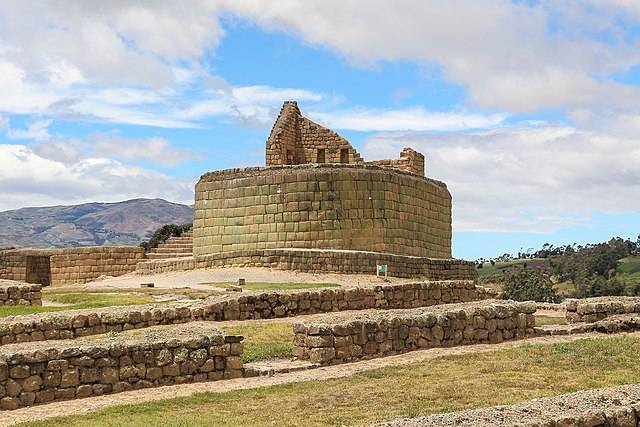
The exact date of Ingapirca’s construction is unclear, but it likely occurred during the late 15th century. The Incas expanded into the territory of the Cañari people, who initially resisted. Eventually, a peaceful coexistence was established. The Incas introduced their own architectural styles, which blended with the local traditions. This resulted in the unique structures found at Ingapirca today.
After the Spanish conquest, Ingapirca fell into disuse and was largely forgotten until the 20th century. It was rediscovered and gained attention for its historical significance. Archaeological excavations began in the mid-20th century, revealing much about its past. The site has since become an important destination for both tourists and researchers.
Ingapirca has not only been a religious center but also a strategic military outpost for the Inca Empire. Its location allowed for control over a significant portion of the Inca’s northern territory. The site’s structures, including storerooms and barracks, suggest it supported a sizable garrison.
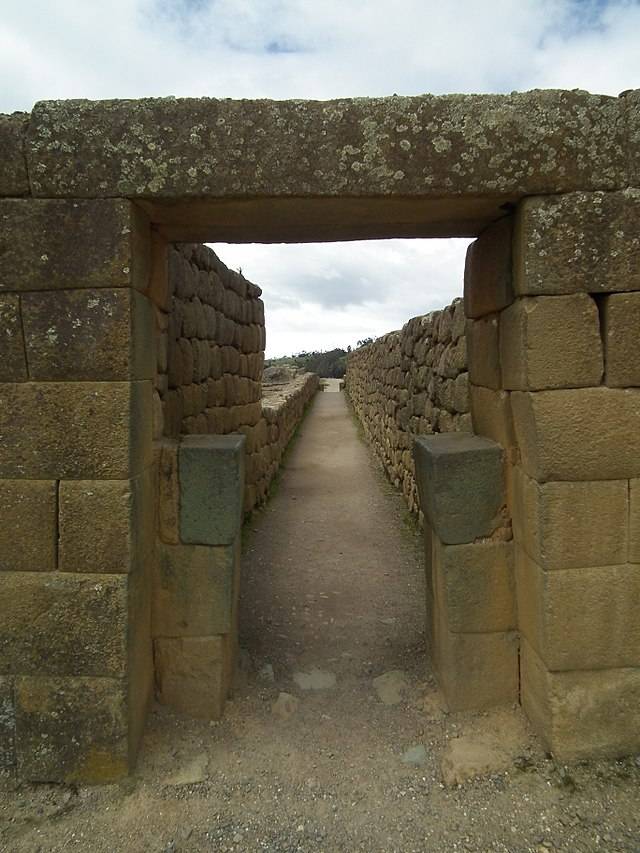
Historically important events at Ingapirca include religious festivals aligned with the Inca calendar. The Temple of the Sun was likely used for ceremonies during the solstices. These events would have been crucial for the Inca’s agricultural practices and their religion, which worshipped the sun god Inti.
About Ingapirca
Ingapirca stands as a remarkable example of Inca engineering and architecture. The site’s structures are built with a technique known as dry stone walling. This method involves cutting and fitting stones together without mortar. The precision of this technique is evident in the way the stones align perfectly, with no gaps between them.
The Temple of the Sun is the centerpiece of Ingapirca. It is an elliptical building constructed on a platform, with its walls aligned astronomically. The temple’s positioning allows for the observation of the sun’s movements, particularly during solstices. This reflects the Inca’s advanced understanding of astronomy and its role in their culture.
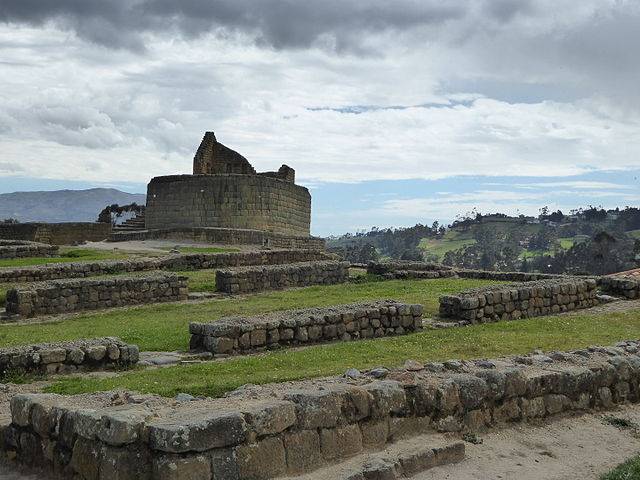
Other notable structures at Ingapirca include the Pilaloma complex and the Inca baths. The Pilaloma complex is thought to have been a residential area for the elite. The Inca baths demonstrate the Inca’s sophisticated water management systems, which included channels and fountains.
The construction materials used at Ingapirca were primarily local andesite stone. The Incas transported these heavy stones from nearby quarries, a feat that showcases their logistical capabilities. The site also features traces of original paint, suggesting that the structures were once brightly colored.
Architectural highlights of Ingapirca include the trapezoidal doorways and windows, a hallmark of Inca design. The site also features a network of roads and terraces, which highlight the Inca’s skill in adapting their architecture to the mountainous Andean landscape.
Theories and Interpretations
Several theories exist about Ingapirca’s purpose. Most agree it served as a religious and administrative center. Some suggest it was also an observatory, given the astronomical alignment of the Temple of the Sun.
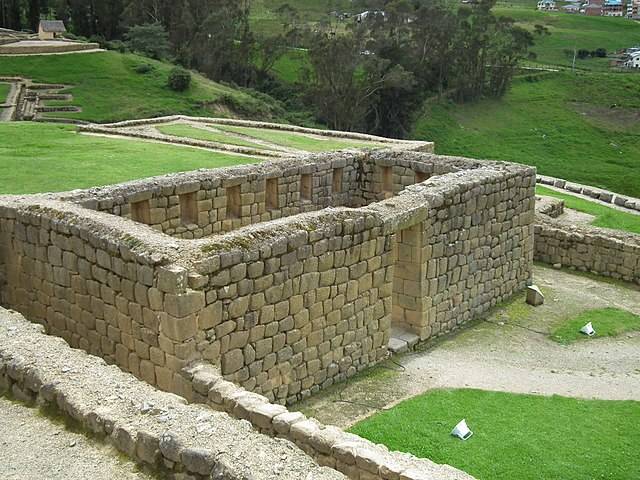
Mysteries surround Ingapirca, such as the exact nature of the rituals performed there. While evidence points to sun worship, the details of these ceremonies are largely speculative. The fusion of Inca and Cañari elements also raises questions about how the two cultures interacted.
Interpretations of Ingapirca’s structures often rely on matching them with historical records from the Inca Empire. However, since the Incas had no written language, these records are from Spanish chroniclers. This can lead to discrepancies in understanding the site’s history.
Dating of Ingapirca has been carried out using methods such as stratigraphy and carbon-14 dating. These techniques have helped establish a timeline for the site’s construction and use. However, the exact dates remain a topic of research and debate.
Theories about Ingapirca’s decline focus on the Spanish conquest and the subsequent cultural changes. The site’s abandonment likely resulted from the dismantling of the Inca Empire and the spread of Christianity, which replaced indigenous religions.
At a glance
Country: Ecuador
Civilization: Inca and Cañari
Age: Late 15th century AD
Conclusion and Sources
Reutable sources used in the creation of this article include:
- Wikipedia: https://en.wikipedia.org/wiki/Ingapirca

